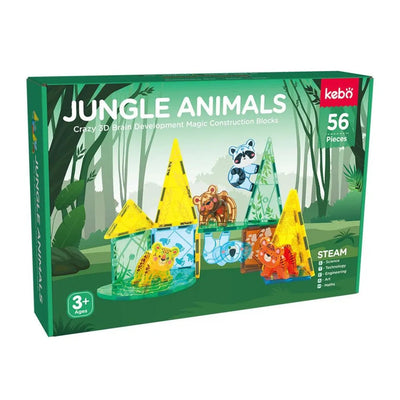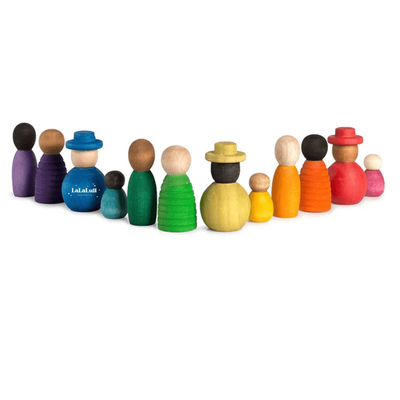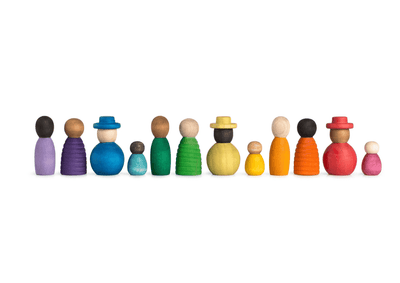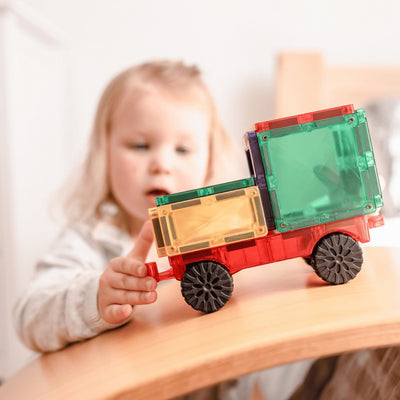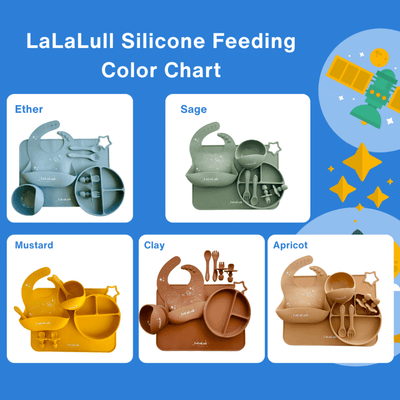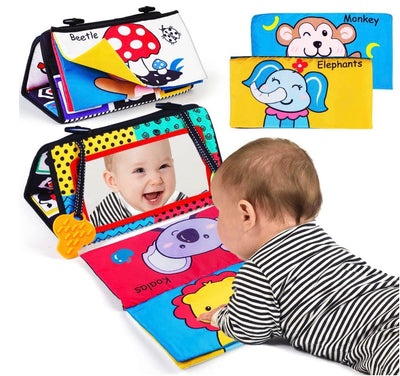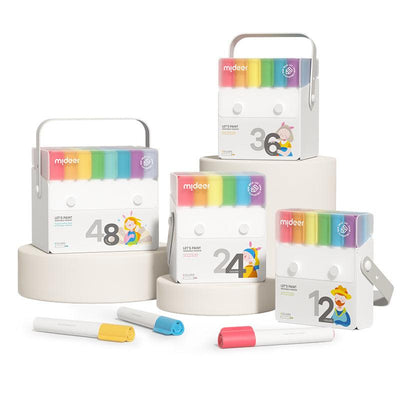Pretend play, often referred to as imaginative play, role play or make-believe, is a cornerstone of childhood. It’s where creativity, learning, and fun intersect, allowing children to explore the world around them in a safe and controlled environment. In this blog, we’ll delve into what pretend play is, the different types, the appropriate age for this kind of play, the benefits it offers, and how it aligns with the theories of renowned developmental psychologist Jean Piaget.
What is Meant by Pretend Play?
Pretend play, also known as imaginative play, occurs when children use their imagination to create scenarios and roles, often mimicking real-life situations. This type of play can involve anything from playing house, pretending to be a superhero, or even creating imaginary worlds. The key aspect of pretend play is that it involves a level of imagination where objects, actions, or individuals are transformed symbolically.
Characteristics of pretend play
- Imitation: Children often imitate adults or peers, adopting roles such as a parent, teacher, or doctor.
- Use of Props: Everyday objects can become symbolic tools; for example, a stick might become a magic wand or a cardboard box a spaceship.
- Role Play: Children assign roles to themselves or others, which helps them understand different perspectives and social roles.
What Are the Four Types of Pretend Play?
Pretend play can be categorized into different types, each contributing uniquely to a child's development.
1. Functional Play
Functional play is the most basic form of pretend play, where children use objects according to their intended functions. For example, a child may pretend to drink from an empty cup or push a toy car across the floor.
2. Constructive Play
In constructive play, children use materials to build or create something. This could involve stacking blocks to build a tower or using clay to model shapes. This type of play is foundational for developing problem-solving skills and creativity.
3. Dramatic Play
Dramatic play involves role-playing scenarios that mimic real-life situations. This could include playing “house,” where a child might pretend to cook dinner, go grocery shopping, or care for a doll as a baby.
4. Fantasy Play
Fantasy play is where the child’s imagination truly takes flight. Children might create imaginary worlds, pretend to be superheroes, or interact with imaginary friends. This type of play is crucial for developing creativity and abstract thinking.
What Age is Appropriate for Pretend Play?
Pretend play typically begins around the age of 2 and continues throughout early childhood, peaking around ages 3 to 6. However, the complexity and type of pretend play evolve as the child grows older.
Age Milestones in Pretend Play:
- Age 2: Simple pretend play begins, often involving imitation and basic role-play.
- Age 3-4: Pretend play becomes more complex, involving storylines and multiple roles.
- Age 5-6: Children engage in sophisticated pretend play, often involving group play, detailed scenarios, and advanced role-playing.
What Do Children Learn from Pretend Play?
Pretend play is more than just fun; it’s a powerful educational tool that helps children develop a wide range of skills.
Cognitive Benefits:
- Problem-Solving: Children learn to navigate challenges and think critically as they create and act out scenarios.
- Language Development: Pretend play encourages the use of language to communicate, describe, and narrate.
- Creativity and Imagination: Children explore new ideas and think creatively during pretend play.
Social and Emotional Benefits:
- Empathy: By taking on different roles, children learn to see things from various perspectives.
- Social Skills: Pretend play often involves interacting with others, which helps children develop cooperation, negotiation, and turn-taking skills.
- Emotional Regulation: Acting out scenarios allows children to explore and express their emotions in a safe environment.
Physical Benefits:
- Fine Motor Skills: Using props and building structures can help develop fine motor control.
- Coordination: Active play, such as pretending to be an animal or superhero, can improve gross motor skills and overall coordination.
What Does Piaget Say About Pretend Play?
Jean Piaget, a renowned developmental psychologist, emphasized the importance of play in child development. According to Piaget, pretend play is a key component of the preoperational stage of cognitive development, which typically occurs between ages 2 and 7.
Piaget’s Insights on Pretend Play:
- Symbolic Function: Piaget noted that pretend play is a reflection of symbolic thought, where children begin to understand that symbols can represent objects, actions, or ideas.
- Egocentrism: During the preoperational stage, children are often egocentric, meaning they see the world from their own perspective. Pretend play allows them to step outside of this perspective and consider the viewpoints of others.
- Assimilation and Accommodation: Pretend play involves both assimilation (integrating new experiences into existing schemas) and accommodation (modifying schemas based on new experiences), which are key processes in cognitive development.
Conclusion
Pretend play is a vital part of childhood that fosters cognitive, social, emotional, and physical development. It allows children to explore their world, practice new skills, and understand the perspectives of others. As supported by Piaget’s theories, pretend play is not just an activity—it’s a crucial element in the growth and development of young minds. Encouraging and engaging in pretend play with children can provide them with a strong foundation for lifelong learning and creativity.

Shop Role Play Toy from Babycoo Australia, supported by more than 4,600 Happy parents reviews.

